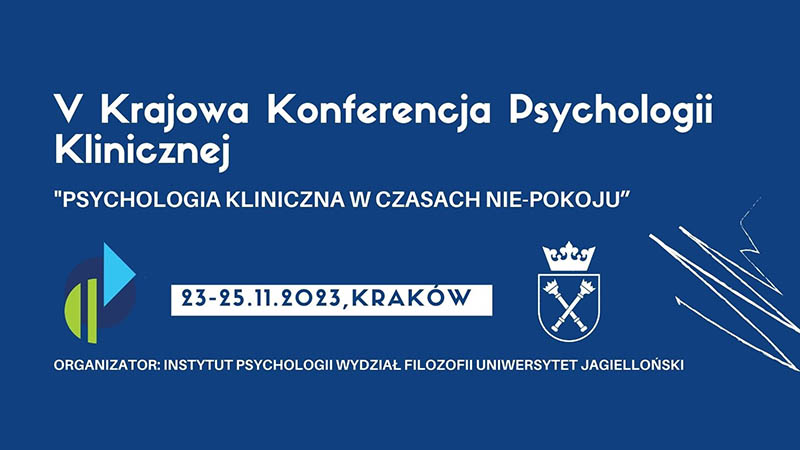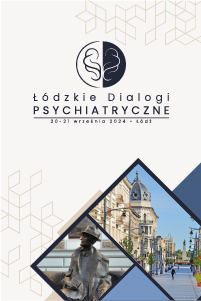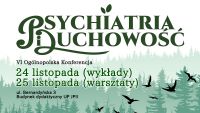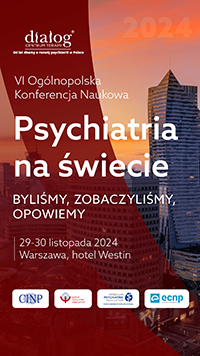Psychopathological effects of psychostimulant substances and psychotic onset: the difficult process of differential diagnosis between substance-induced psychosis and acute primary psychosis
Emanuela Atzori
 Affiliacja i adres do korespondencji
Affiliacja i adres do korespondencjiAmong the psychopathological effects induced by stimulants there can be a variety of psychotic-like experiences that can resolve in a matter of hours or within a few days without clinical treatment, or can instead constitute initial symptoms of a primary psychosis. The objective of this paper is to focalise on a series of psychodynamic aspects, detectable by the analysis of relational dynamics brought into play by the person who has used substances and suffers a psychotic crisis. These aspects can be used as criteria of differential diagnosis to integrate the first assessment of those psychopathological characteristics described in literature which distinguish a toxic psychosis from a primary psychosis. The diagnostic process is thus developed with the method of clinical observation and evaluation, for which the essential cognitive tool is formed by the sensibility of the therapist and their capacity to evaluate the quality of the patient’s mental reactions to the stimulus provoked by the development of the therapeutic relationship, including oniric activity. This paper proposes, on the basis of many years of research and clinical experience, diagnostic criteria also in dream analysis, as oniric images can reveal hidden thoughts and dynamics that could be pathological. The theoretical platform to which reference is made and presented in detail in this paper is known as “Human Birth Theory” (Teoria della nascita), formulated by Massimo Fagioli in 1971. The therapist involved in the therapeutic relationship can stimulate the internal mental world of the patient, proposing himself/herself as both a diagnostic and therapeutic instrument. The interpretation can give back to the patient their selfknowledge and the possibility to transform their unconscious relational methods through the therapeutic process, as documented in two case reports presented in this paper. The case reports, explained in a form of single-case studies, describe the application of an integrated method in which the use of standardized instruments of assessment is flanked with the interpretation of oniric images in order to render greater diagnostic certainty as well as more incisive therapeutic treatment.















